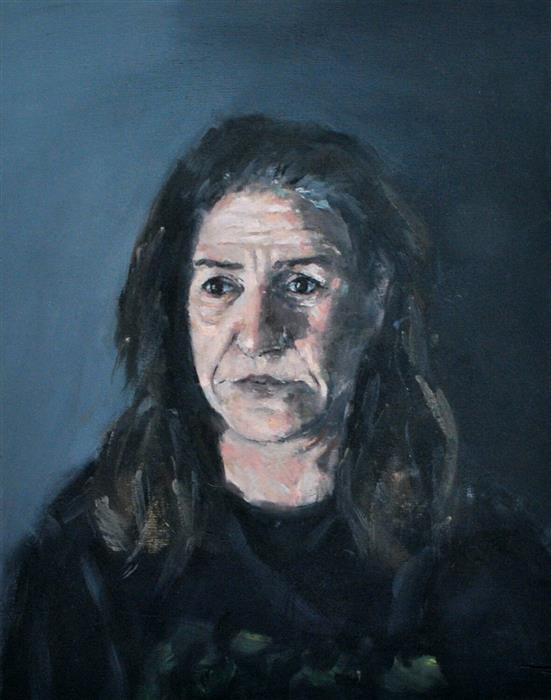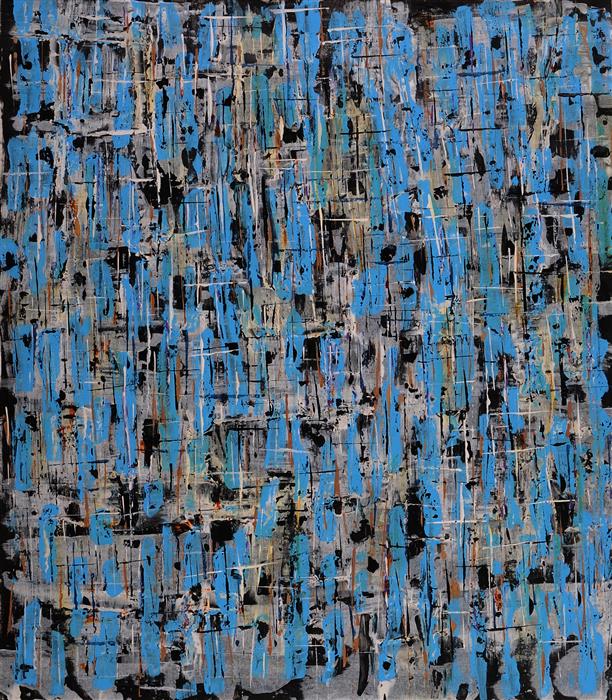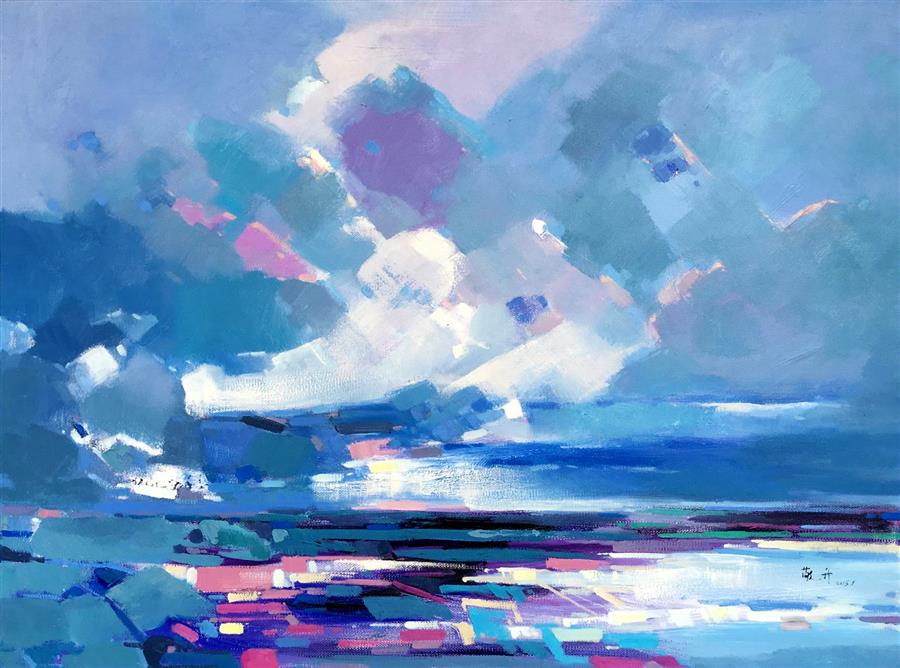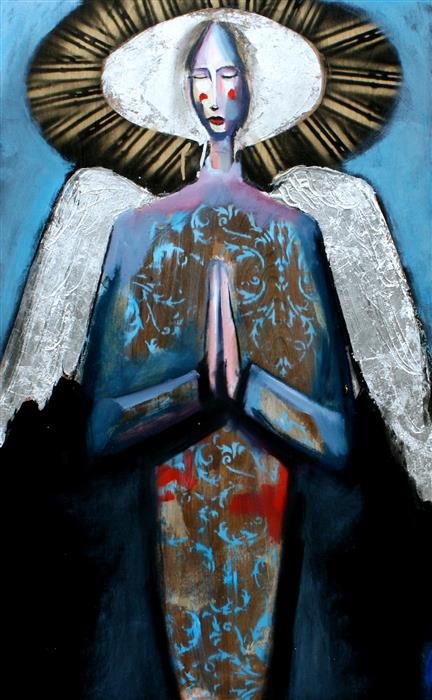A Dive into The History of “Blue”
Immerse Yourself (48" x 24") by Leslie Morgan, mixed media artwork
In the early 1300s, when Enrico Scrovegni and his family would sit in their private family oratory. One can imagine their attention, tracked to the sound of the mass, would follow the elaborate fresco cycles fused on the walls all the way up to the ceiling where it would settle on the rich, cobalt blue. When studying the blue, one can imagine that to a family who had never escaped their world through television or movies, the expansive overhang would bring the feeling of transcendence.
The Scrovegni Chapel
The Scrovegni Chapel, or Arena Chapel, completed in 1305, was completely and expertly painted by Giotto, the prestigious Florentine painter of the time. The blue background, which serves as the fresco series background and, imaginably, the identifying mnemonic with which AP Art History students can place these frescos in this chapel, is iconic.
It was that blue.
Blues, like that of the ceiling of the Scrovegni chapel, have been used to set the mood of paintings. Artists draw upon blue’s gentleness for clear skies, eggshells, and flower petals. Or, they plumb into its depths, darkening it into oceans, shadows and storm clouds.
Woman with a Helmet of Hair (42.7 x 31.3 cm) by Pablo Picasso, gouache on tan wood pulp board, 1904
In 1901, mourning the death of his close friend Carlos Casagemas, Pablo Picasso his Blue Period. He used blue to express the overwhelming depths of his depression. Blue was language for his sorrows.
For Piet Mondrian, in the middle of the 20th century, blue was one of only four options (three colors, two shades). At their most archetypal, his paintings are composed of strict, perpendicular lines that form quadrilaterals that, if colored, were colored with one of the three primary colors – red, yellow, or blue. Blue was one of three cornerstones of Mondrian’s painterly philosophy of simplifying painting to its purest formal elements, into pure abstraction.
Later, in 1960, Yves Klein realized blue was on the market. The French Nouveau Réalisme artist International Klein Blue (IKB) registered the formula for his hand-concocted ultramarine pigment as his own invention. He later faced several tangles with patenting laws, operating in some of the laws grayer areas.
See all the ways that artists use blue in the Best Of: Blue Collection.










